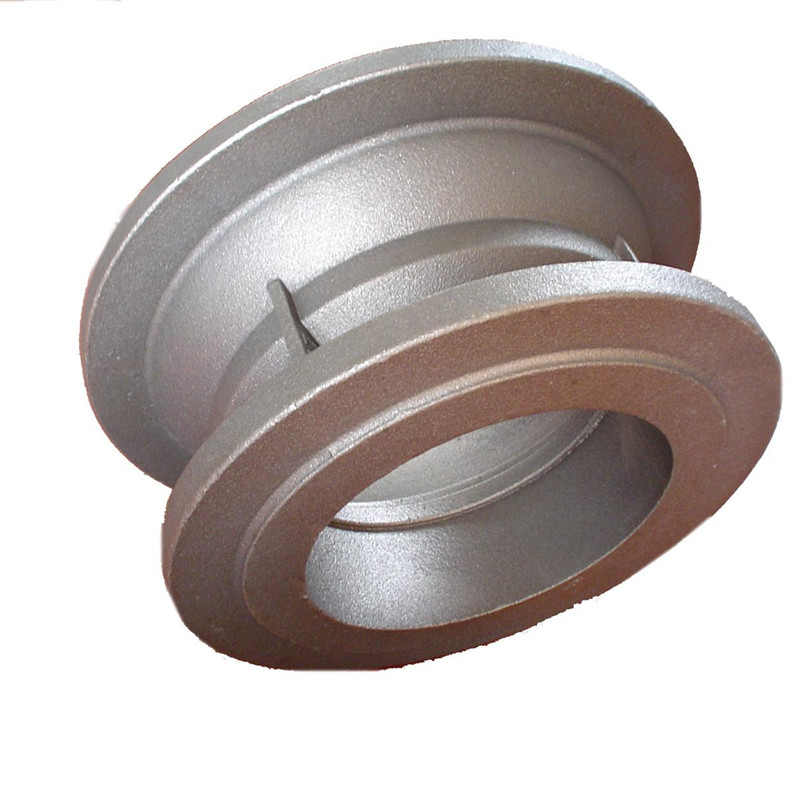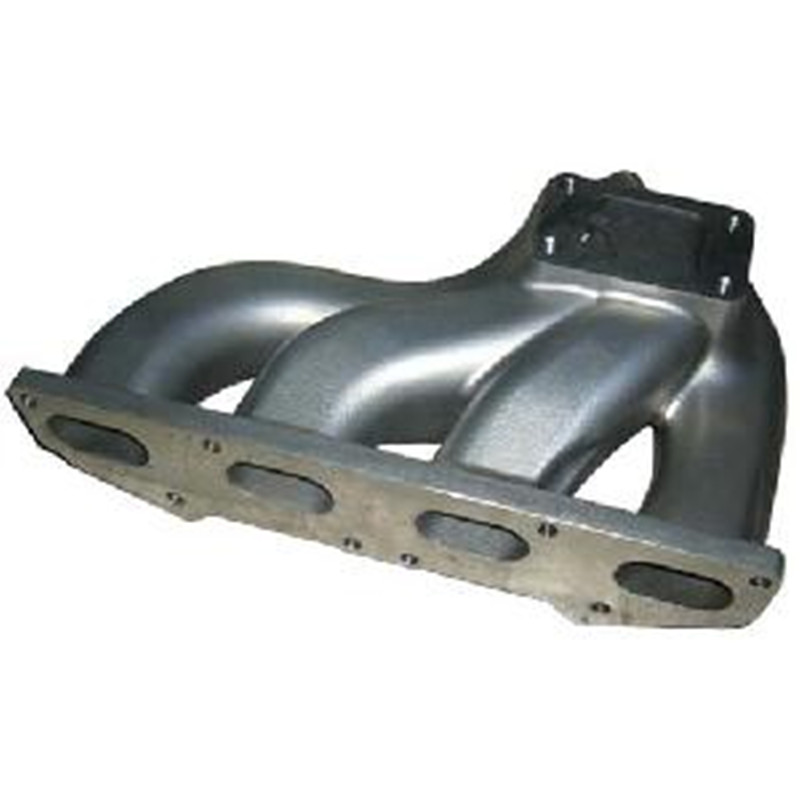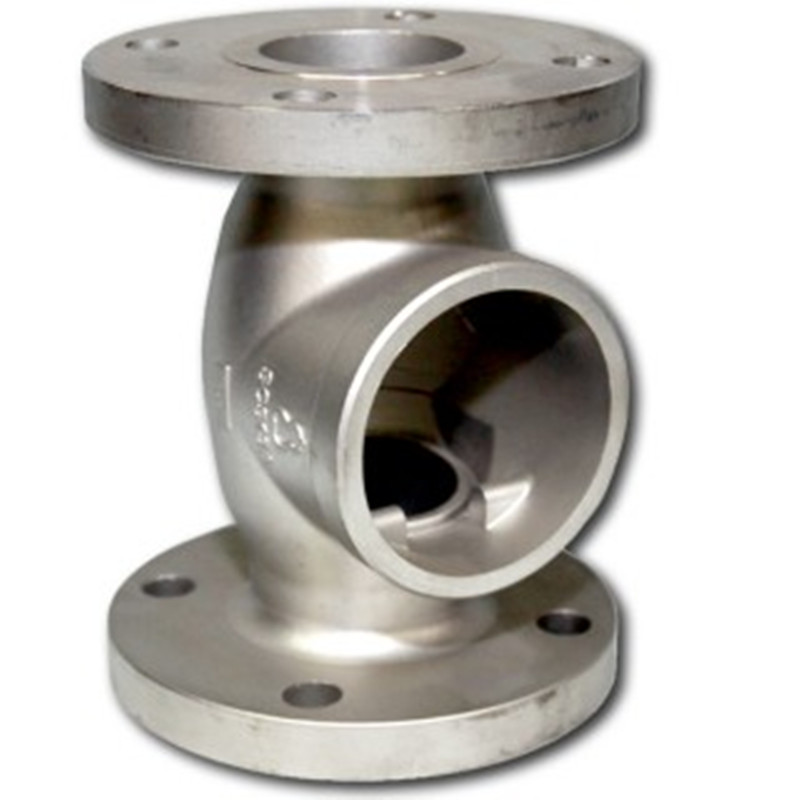OEM Service Stainless Steel Precision Casting: field notes from the floor
If you’ve ever spec’d parts for pumps, robotics, or food equipment, you know the pain of balancing tolerance, finish, and lead time. That’s why I’ve kept an eye on Oem Precision Casting over the last few years—because the process keeps getting smarter and more predictable. In fact, the best shops now pair old-school foundry craft with metrology rigs and real traceability. Small note: I visited the origin facility in Gelan Building, No.256 Xisanzhuang Street, Shijiazhuang, Hebei, China—busy, tidy, and surprisingly automated.

What’s trending (and what actually matters)
- DFM at RFQ: 3D feedback on draft, gate placement, and CT level before tooling. Many customers say this alone saves a round of tooling rework.
- Material moves: more 316/316L, 17-4PH, and occasional duplex 2205 for chloride service.
- Traceability: heat numbers tied to melt records; lot-level NDT attached to the traveler.
- Finish expectations: Ra ≈ 3.2 μm right out of investment casting, then selective CNC to ±0.01 mm where it counts.

Process flow (real-world, not brochure-speak)
Model MD-0001 runs a classic investment route with thermal gravity pour. Here’s the short version, with the checks that actually gate release:
- DFM + tooling: wax tooling built; molding technics use pressure casting for crisp edges.
- Wax pattern + shell build: multilayer ceramic shell; baked out and pre-heated.
- Thermal gravity casting: stainless (often CF8M/316) poured; riser and gating engineered to reduce shrink.
- Knock-out, cut, heat treat: stabilize microstructure; hardness verified.
- CNC machining: critical faces to ±0.01 mm; flatness and true position checked.
- Finishing: standard Ra ≈ 3.2 μm; optional passivation to ASTM A967, electropolish for food contact.
- QA/NDT: dye penetrant per ASTM E1417/E165; X-ray when specified; dimensions per ISO 8062-3 (often CT6–CT7); material certs with heat lot. Salt spray (ASTM B117) on request.
Service life: around 5–15 years depending on media, load cycles, and cleaning chemistry. Frankly, chloride concentration is the usual culprit, not the casting itself.

Product snapshot
| Product | OEM Service Stainless Steel Precision Casting (MD-0001) |
| Casting Method | Thermal Gravity Casting |
| Process | Investment Casting, pressure-assisted wax |
| Material | Stainless steel (e.g., CF8M/316, 316L; optional 17-4PH, 2205) |
| Surface Roughness | Ra ≈ 3.2 μm |
| Machining Tolerance | ±0.01 mm (feature-dependent) |
| Testing | DPI (ASTM E1417), X-ray optional, CMM to ISO 10360, CoC with heat lot |
Applications, results, feedback
Use cases I’ve seen: pump impellers for dairy CIP, compact valve bodies, robotic end-effectors, and marine cleats. One dairy client reported downtime drop by ≈18% after switching to Oem Precision Casting impellers with electropolish; another automotive customer liked the repeatability—CpK hovered around 1.67 on a bored boss, which is solid for cast-and-machine.
Indicative test data (316): UTS ≈ 520–620 MPa, yield ≈ 205–290 MPa, hardness 170–220 HB, corrosion performance improved post-passivation (ASTM A967). Real-world use may vary, obviously, with geometry and wall transitions.

Vendor comparison (quick, imperfect, useful)
| Vendor | Tolerance | Lead Time | Certs | NDT | Notes |
|---|---|---|---|---|---|
| Mingda Metals (Hebei) | ±0.01 mm machined; ISO 8062 CT6–7 as-cast | ≈4–6 weeks after tooling | ISO 9001; automotive APQP support | DPI, X-ray optional | Traceability to heat; clean finishing |
| Regional Foundry A | ±0.02 mm typical | 6–8 weeks | ISO 9001, IATF 16949 (select lines) | DPI standard | Higher MOQ, strong PPAP |
| Broker Network B | varies | ≈5–10 weeks | varies | on request | Cost-driven; vet carefully |
To be honest, vendor choice often comes down to how fussy your datum scheme is and whether you need full PPAP. For sanitary gear, I’d also insist on documented passivation and media testing.

Customization, ordering, and the small print
- Alloys: 316/316L default; 17-4PH for strength; 2205 duplex for chlorides.
- Finishes: passivated, electropolished, bead-blast; food-contact documentation available.
- Sampling: first articles with CMM report; PPAP levels 2–3 on request.
- Industries: machinery, food & beverage, marine, energy, robotics, and valves.
Customer note I liked: “Dimensional repeatability is boring—in a good way.” That’s kind of the point with Oem Precision Casting.
Citations
- ISO 8062-3: Dimensional tolerances for castings.
- ASTM E1417/E1417M & E165/E165M: Liquid penetrant testing.
- ASTM A351/A351M: Castings, austenitic steel for pressure-containing parts.
- ASTM A967/A967M: Chemical passivation of stainless steel.
- ASTM B117: Salt spray (fog) testing.
- ISO 9001: Quality management systems; IATF 16949 for automotive where applicable.
Hebei Mingda International Trading Company is a trading company which is specialized in castings, ODM Ductile Iron Manhole Cover forgings and machinery parts.Our products include all kinds of raw castings to be made of ductile iron , grey iron , brass , stainless steel and aluminums, machined castings and forged parts .ODM Ductile Iron Covers To make these parts according to the customers’Custom Iron Casting drawings , we have relative suitable production craft and equipments, such as resin sand , sand mould , hot core boxes , lost-wax , lost –foam and so on Iron Casting Manufacturer Custom.Specially for hydrant bodies and valves’Ductile Iron Manhole Cover Manufacturer bodies, we have collected rich experience for these products in the past 16 year’s actual production, Now we are proud of our products with good surface and high quality material. Iron Casting ManufacturerWhatever,we have been trying our best to provide our customers with better quality castings by improving production crafts and more careful quality control.Cast Iron Castings Manufacturer|super blog